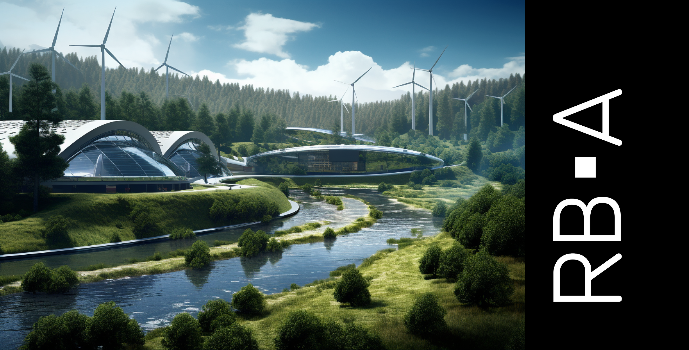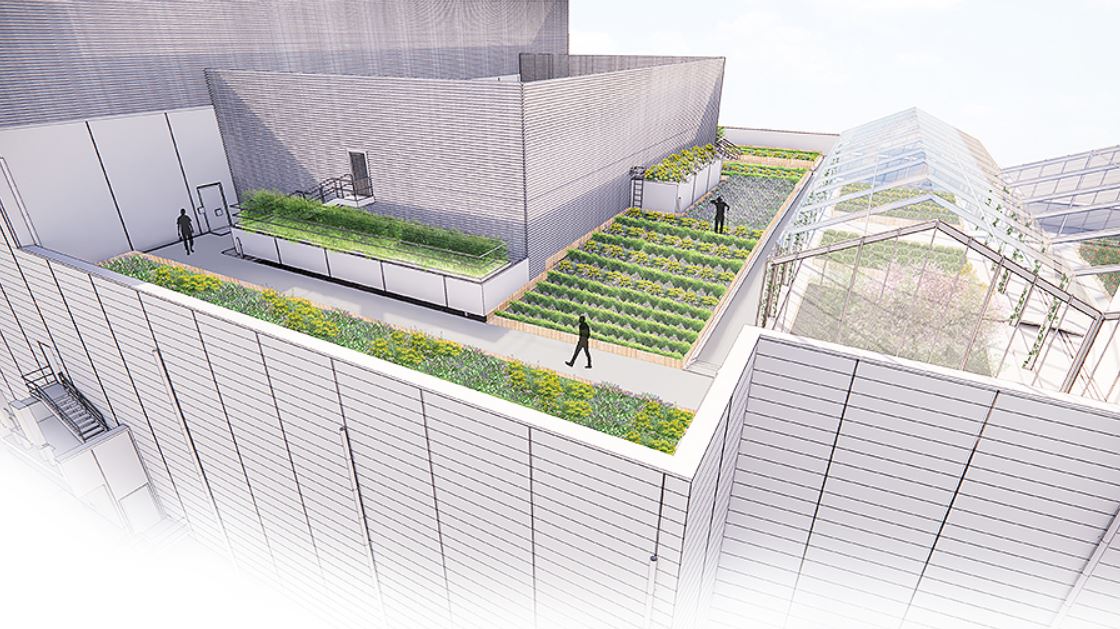Harnessing Renewable Energy for Sustainable Data Centres: The Road Ahead
In our increasingly digital world, data centres are the beating heart of the information highway. However, their high energy consumption poses significant environmental challenges. The adoption of renewable energy sources to power these centres presents a sustainable solution, potentially revolutionising the IT sector’s carbon footprint.
The Energy Demand of Data Centres
Data centres are power-hungry facilities. They require significant energy to store, process, and distribute vast amounts of digital data, not to mention cooling the servers to keep them at optimum operating conditions. As our reliance on digital services grows, so does the number of data centres and their energy demand. Therefore, the transition towards renewable energy is not just environmentally friendly—it’s a necessity for sustainable growth in the digital age.
Renewable Energy: A Green Solution for Data Centres
Harnessing renewable energy to power data centres can drastically reduce their environmental impact. Solar, wind and hydroelectric power sources offer sustainable alternatives to fossil fuels, producing energy without contributing to greenhouse gas emissions.
Many leading tech companies have begun transitioning their data centres to renewables, with solar panels and wind turbines increasingly populating data centre sites. Besides reducing carbon emissions, these initiatives can enhance the companies’ reputation, demonstrating a commitment to sustainability that resonates with eco-conscious consumers.
Challenges and Opportunities
While powering data centres with renewable energy is appealing, it also presents challenges. Ensuring a consistent power supply is crucial in a sector where downtime can have serious implications. Given the variable nature of many renewable energy sources, balancing supply and demand effectively is a key concern.
However, these challenges present opportunities for innovation. Energy storage technologies, smarter grid systems, and advanced forecasting methods can help manage the intermittent nature of renewables. Additionally, locating data centres in regions with abundant renewable resources can help ensure a reliable green energy supply.
The Future of Data Centres: A Renewable Revolution
The shift towards powering data centres with renewable energy is not just a trend—it’s a glimpse into the future of the digital age. As technology advances, we can anticipate more efficient renewable energy solutions, innovative storage systems, and smarter energy management technologies. The drive towards greener data centres represents an exciting step forward in the quest for digital sustainability.
Enhanced Corporate Social Responsibility: Aligning with the European Code of Conduct
Corporate social responsibility (CSR) is pivotal in driving the shift towards renewable energy in data centres. Companies increasingly recognise their responsibility to reduce their environmental impact, and transitioning to green energy solutions aligns perfectly with this ethos. This contributes to environmental sustainability and enhances a company’s public image, particularly among increasingly eco-conscious consumers.
The European Code of Conduct for Energy Efficiency in Data Centres offers a comprehensive framework for assessing and improving the energy efficiency of data centres. This voluntary initiative aims to inform and stimulate data centre operators and owners to reduce energy consumption cost-effectively without hampering the mission-critical function of data centres.
The Assessment Framework, based on this Code of Conduct, provides a structured approach to evaluate the energy performance of data centres. It comprises four key elements:
- Data Centre Description: A comprehensive overview of the data centre’s characteristics, including its size, age, purpose, and infrastructure. This forms the baseline against which energy efficiency can be assessed.
- Key Performance Indicators (KPIs): The framework sets out several KPIs that provide measurable data on the data centre’s energy efficiency. These KPIs allow operators to identify areas of inefficiency and track the progress of implemented improvements.
- Best Practices: The framework lists various best practices in energy efficiency, providing guidelines on how data centres can improve their performance. These range from small changes, such as adjusting lighting and ventilation, to more significant structural adjustments, like server optimisation and adopting renewable energy.
- Recommendations: Based on the assessment, the framework provides tailored recommendations on improving the data centre’s energy efficiency, ultimately guiding towards sustainable digital growth.
Data centre operators can significantly enhance their CSR profile by aligning with the European Code of Conduct and its Assessment Framework. This promotes sustainable operations and showcases their commitment to a greener future – a win-win situation in the journey towards powering data centres with renewable energy.
Embracing renewable energy in data centres is a sustainable solution for our digital age, reducing the environmental footprint of our digital infrastructure. At Reid Brewin Architects, we recognise the importance of this transformation and eagerly anticipate the exciting possibilities it brings. Check out more of our sustainability blogs here.










